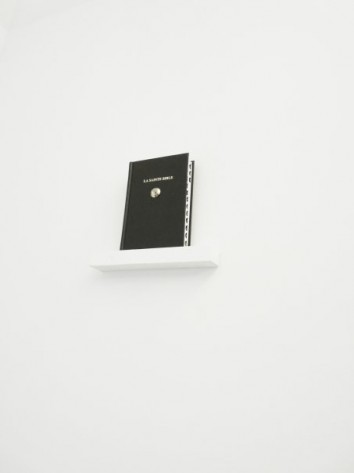JOHN CORNU
NOVEMBER 20, 2009 - JANUARY 23, 2010Press release
Tant que les heures Passent, Part III
For the third and final stage of the project Tant que les heures passent, John Cornu sets out to reinitiate
works created for the occasion of his residencies in Lyon5 (France), then in Quebec City6 (Canada) and now
finally in Brussels. On three different occasions and in three places, the artist has built the framework of a
modular exhibition that has unfurled gradually, as a result of these varying geographies.
In Brussels, the exhibition retraces the steps taken on an artistic voyage that has sought contemporary forms
of
ruin and blindness. Taking up a theme much favoured by the romantics, the artist sets out to reformulate its
signs according to the codes of an art that is both minimal and conceptual. On the face of it, these two
genres
are diametrically opposed in every way, one favouring an exaggerated sentimentalism, the omnipresence of the
sub- jective and the elegy of desolation, with the other refusing the excesses of expressionism and laying
claim
to a certain neutrality.
And yet it is precisely in a continual flux between these antagonistic forces that John Cornu’s work lies. In
place of a conception of time as something linear, leading inexorably towards decline, the artist opts for a
cyclical approach that reminds us how often history repeats itself in a world suf- fering from chronic
blindness7. Despite this, the exhibition is not limited to the helpless observation of an obsolete world: the
artist opens up the field of what is possible by overcoming, through the poetics of the ruin, the apocalyptic
conception of which it carries merely the appearance.
In Sonatine, whose title is borrowed from the film by Takeshi Kitano (sub- titled “Mortal melody”) the artist
sets out a veritable musical and visual composition, replacing the fluorescent lights of the exhibition space
with worn-out strip lights that have been thrown away. Out of a principle of economy (not to mention ecology),
the artist reveals the artistic potential of these lights destined for destruction, but which here are given
the
time to function until they go out completely. Paradoxically, the artist delegates what is a random and
evolving
orchestration to industrial “nature”, shifting our view of something that could be considered dysfunctional by
a
consu- merist society used to endlessly renewing products well before they are utterly spent. Whereas in Lyon
the installation unfurled across the whole of the exhibition space, in Brussels the work finds itself confined
to a single entity, flashing like an emergency Morse code that remind us, perhaps, of the declining heritage
of
a century of enlightenment on which the basis of democratic society has been built.
As with numerous works by John Cornu, Sonatine invites us to learn to look more closely, beyond what is
immediately visible. Thus, among the works created in Quebec, the artist entrusted the making of artists’
stretchers (Tirésias8) to a partially-sighted woodworker who suffers from blindness as a result of a
degenerative disease. At first glance, the works displayed barely differed from the industrial frames on sale
in
art supply shops, had the artist not chosen to show them alongside a series of interviews under- taken with
the
craftsman during the making of these pieces. In this series of “hollow paintings”, which can be seen only by
means of their structure, the artist places the viewer on the same plane as the blind person, thus inviting us
to project our own images onto the empty screen.
Likewise, with the photographic series La pluie qui tombe [Falling rain], the artist attempts to capture an
impossible image. Taken during the night using a flash, these photographs of rain only manage to capture a
constella- tion of planets that remind us to what extent the technological capabilities of photography are
illusory when it comes to creating an objective reality. In The Work of Art in the Age of Mechanical
Reproduction, Walter Benjamin had already distinguished “what we see from what we look at”, at a time when his
contemporaries were certain that this new process would end the separation of the real world from its
representation. Since then, we have recognised that the photographic image, when presented out of context, can
be misleading. As proof, the artist has taken one of the emblematic images of September 11th from the
newspaper
Libération depicting a fal- ling man who has thrown himself from a window of the burning towers. By carrying
out
a reframing of the image and rotating it 90 degrees, John Cornu has transformed what is an icon of those
terrible events into a modern version of a recumbent funerary statue. It is as if he has been able to perform
an
acceleration of time, thereby making the final result of the action visible.
In this game of appearances, the artist enjoys the transmutation of forms from one material to another: thus
steel girders, used in architecture to bear structural loads, have been reproduced in glass (Sibylline).
Having
become transparent and particularly fragile, they can only be seen as vestiges of a bygone modernity. In Greek
mythology, the Sybil symbolises primitive revelation. This gives her the power to prophesy in an enigmatic,
myste- rious and often obscure form. Adjectivally, the term is often used to define an utterance with a double
meaning, a possible formulation of which can be seen here. Between observation and prophesy, the exhibition
carves out a relationship with time and with the complexity of history where nothing is ever taken for
granted.
As if better to represent the course taken from one residency to the other, the artist sets out to follow the
routes on road atlases by progressively obli- terating them with Tipp-ex. With this gesture, consisting as
much
of erasing as of drawing, topography becomes a form of abstract landscape, remin- ding us, if necessary, that
the demarcation of territories is fluid and has forever been the predominant issue in global conflicts. It is
doubtless not coincidental that this project has unfurled across three countries that share a common language,
which nonetheless differs subtly in each, reflecting a work whose final form is always adjusted by the display
space. By moving his studio to keep up with the stages of the exhibition, the artist redefines a style of
contextualised art that, unlike its predecessors, is governed less by an “in situ” aesthetic than by a
“situated” logic, where the works are temporarily adapted to the site.
Born in 1976, John Cornu lives in Paris. His work has been shown at numerous solo and group exhibitions: as
part
of the Lyon Biennial of Contemporary Art, at La Chambre Blanche in Quebec City (Canada), at the Villa Savoye
(Poissy), at La maison rouge – Fondation Antoine de Galbert, the Point éphémère, and the Musée Picasso as part
of Nuit blanche 2007 (Paris), at the Générale en Manufacture (Sèvres), at Circuit and 1m3 in Lausanne
(Switzerland) and at the Niederanven Culturel Center (Luxembourg).
Christian Alandete
Translation: James Curwen
Video
John Cornu
Sonatine (Mélodie Mortelle), 2009
Old and used fluorescent tube, micros and amplis
Variable dimensions
Exhibition’s view « Tant que les heures passent, Part III »,
Ricou Gallery, Brussels
© John Cornu
Courtesy the artist and Ricou Gallery
Views
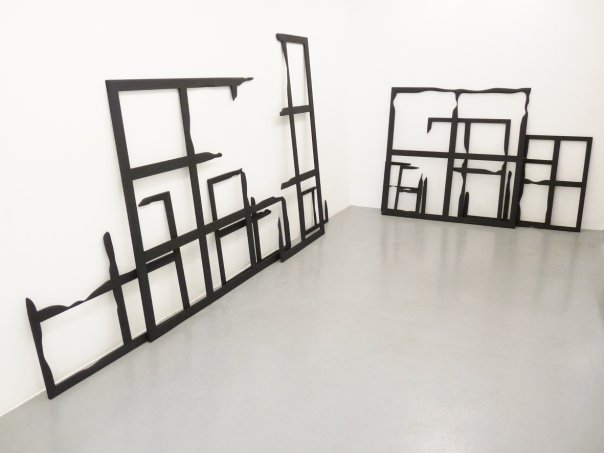
Wood and acrylic
Various dimensions
Unique piece
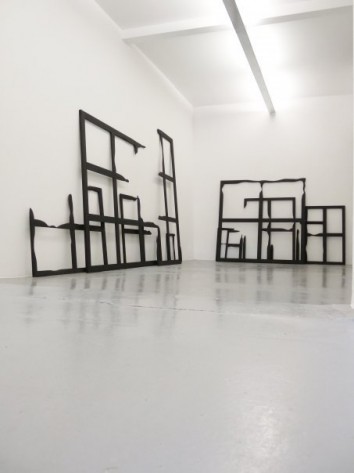
Wood and acrylic
Various dimensions
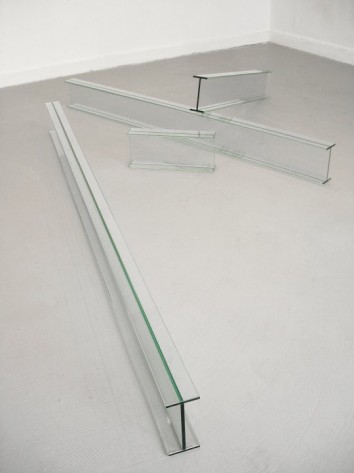
Wood, glas and glue
Various dimensions
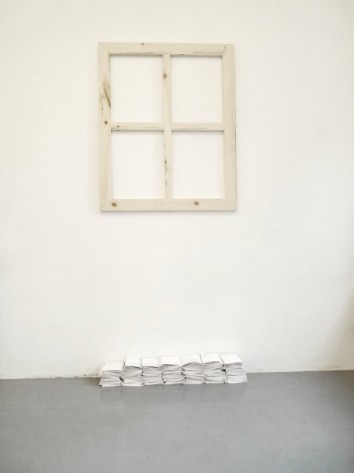
Wood and brochures
100 x 81 cm
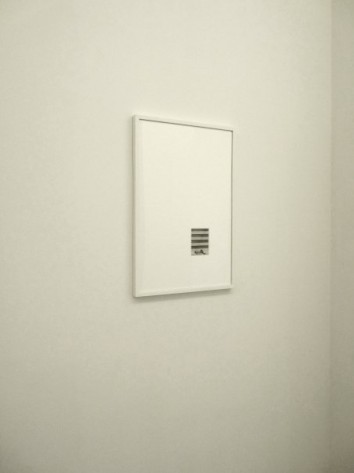
Newspaper "Libération" - 11 september 1009 and marie-louise
41 x 64 cm
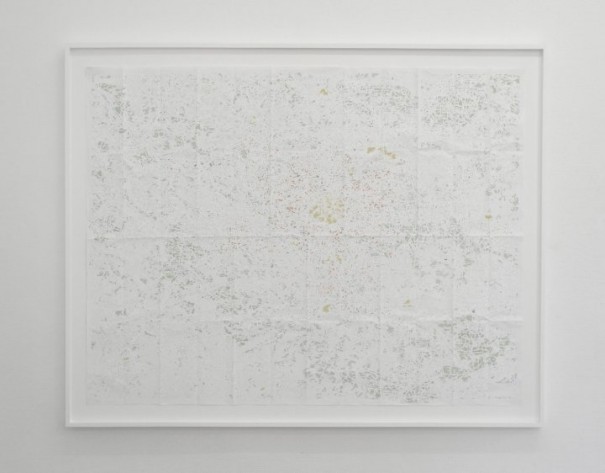
Typp-ex on road map
113 x 145 cm
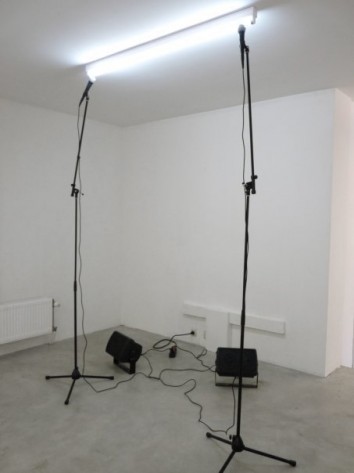
Neon, micro and amplis
Various dimensions
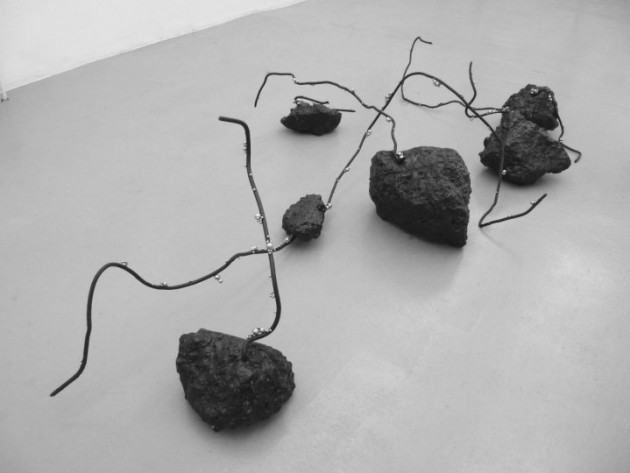
Concrete, magnetic beads, glycéro paint
Various dimensions
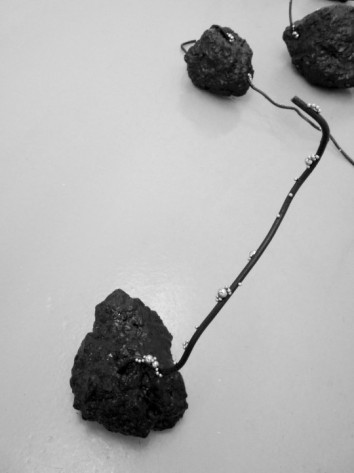
Detail
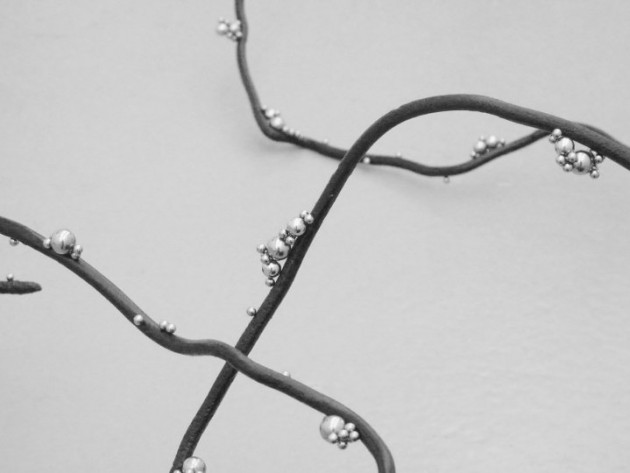
Detail
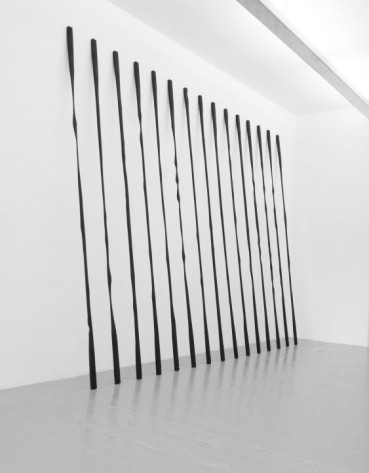
Wood and acrylic
5 x 3 x 200 cm
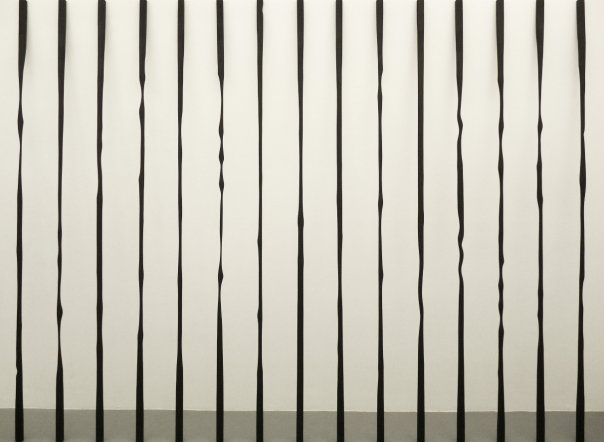
Wood and acrylic
5 x 3 x 200 cm
Unique piece
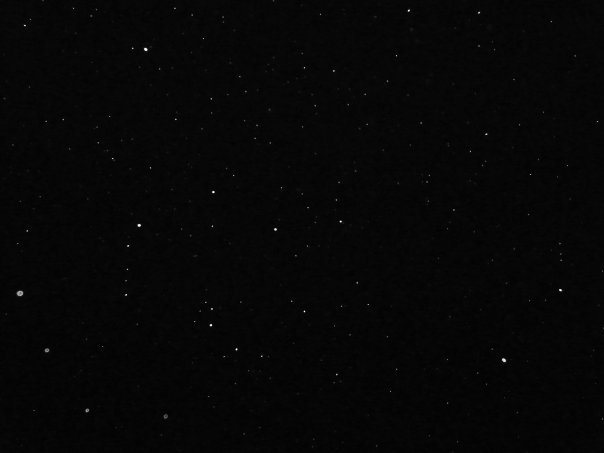
b/w photography on aluminium
Unique piece in a limited serie
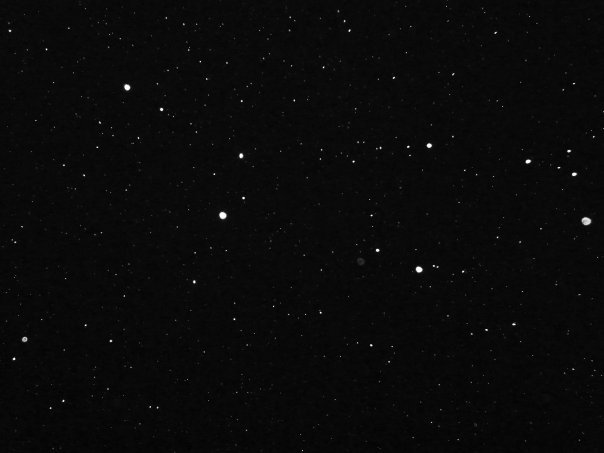
b/w photography on aluminium
Unique piece in a limited serie
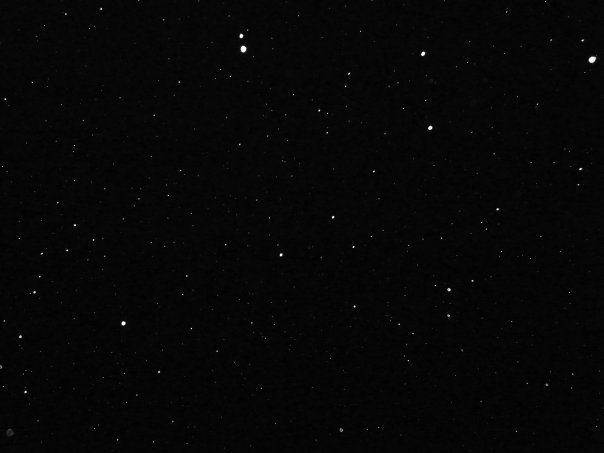
b/w photography on aluminium
Unique piece in a limited serie
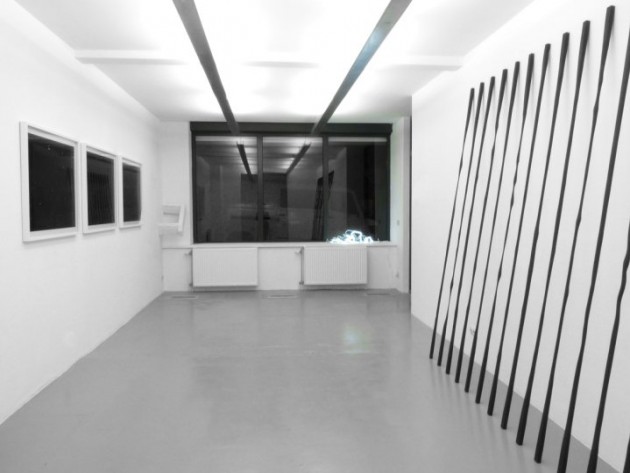
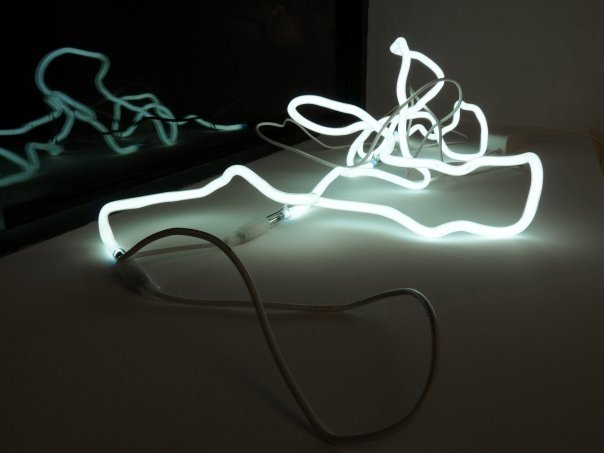
White neon, cables and transformers
Various dimensions
Unique piece
